Feeding weanlings: On many farms weanling performance over the first winter doesn’t hit targets. This can be due to a variety of factors including inadequate feeding, inadequate lying or feeding space, parasite burdens or disease outbreaks. Losing 30kg weight gain over the first winter could add 30 days on at the other expensive finishing end so it’s important to get the first winter feeding period right. Light store cattle, and weanlings, tend to have higher weight gain during the first half of the winter housing period, partly due to being younger and more feed-efficient. Therefore, front-loading concentrates during this period increases weight gain compared with a flat-rate feeding period.
Take the example of a 300kg calf housed on 1 November with a target turnout date of 1 April, giving a 150-day winter feeding period. Feeding a flat rate of 2kg/day of concentrate is a total of 300kg fed over winter. Front-loading concentrates for the first 75 days at 3kg/day, then cutting back to 1kg/day for the next 75 days is still 300kg of ration used. The higher feed rate in the first half of winter will support higher weight gain. The lower feed rate at the end will help prepare cattle for grazing, as they are less likely to go to grass overfat. It will also help to adjust the animals’ stomachs to a more forage-based diet before heading back to grass. These animals will then avail of compensatory growth in the first two months of the 2021 grazing season.
Autumn bulls: With autumn born bulls destined for under-16-month bull beef now on ad-lib feed on many farms, feed management is critical to avoid digestive upsets and acidosis. Consistency is key – try to keep the feeding routine the same every day. Access to fibre in the form of straw or silage is also important. Make sure these animals have clear access to clean fresh water every day as intakes can drop quickly where water becomes an issue.
At drafting, try to select a pen at a time as mixing will result in fighting and injury. Take care when loading bulls and make sure all gates are secured before loading. With less of an appetite out there for young bulls, it’s important to discuss the route to market with your processor, and their weight requirements.
First-calver nutrition and health: Pay attention to first-calving heifers and their body condition score in the shed. This is especially important for autumn-calving heifers sucking calves. Heifers can lose condition very quickly and this will result in delayed resumption of cycling and poor conception rates. If silage quality is poor, first-calved heifers should be getting 2-3kg/day of a good-quality ration, high in energy. If you can separate these heifers out into a pen on their own, it will make meal feeding easier and prevent any bullying issues.
Make sure you are on top of worm and fluke control with this group as well, as any stress or burden will result in body condition loss. It’s especially critical where you are calving at two years old. These animals should also receive a mineral bolus prior to the start of breeding.




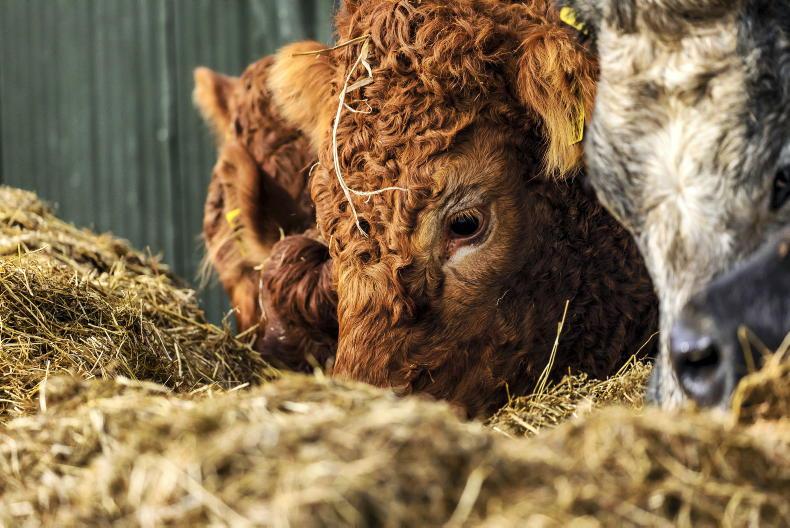
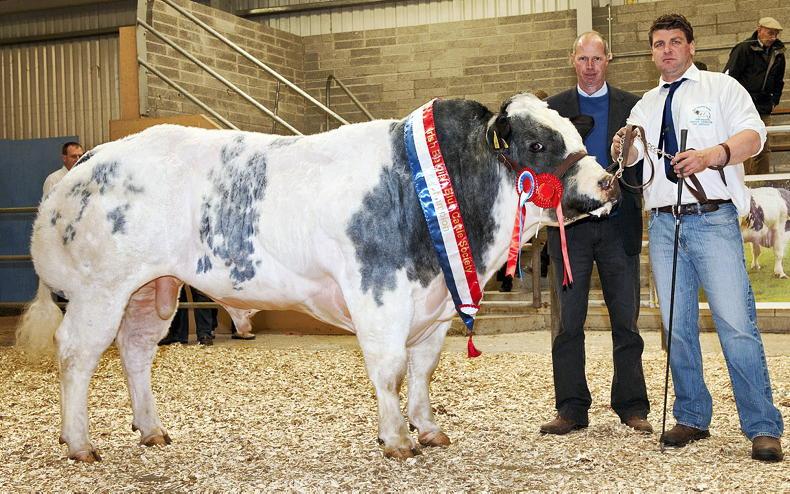

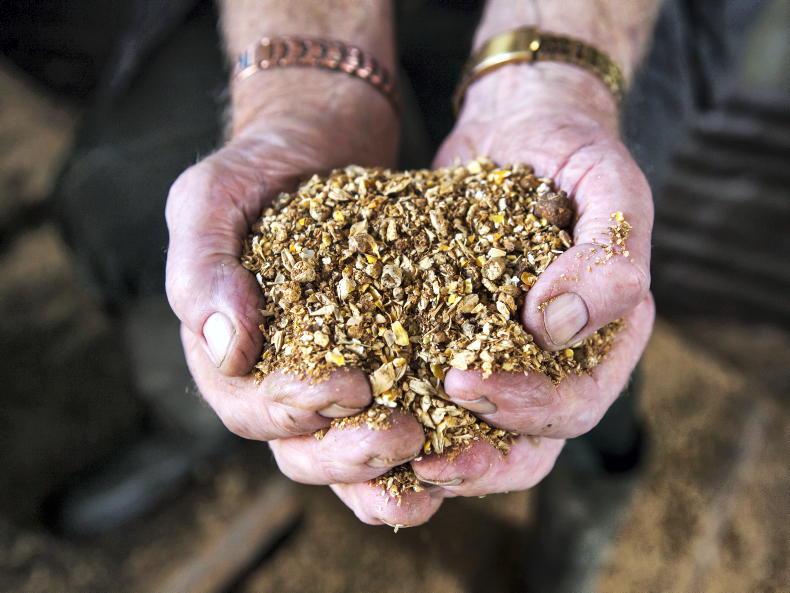
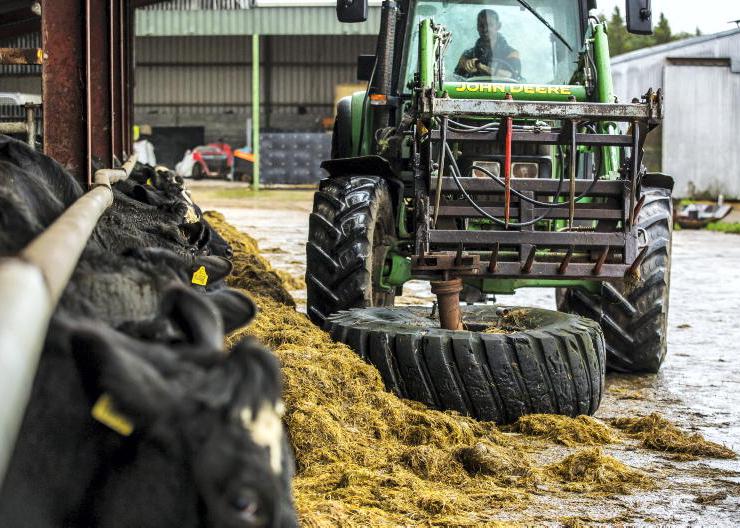
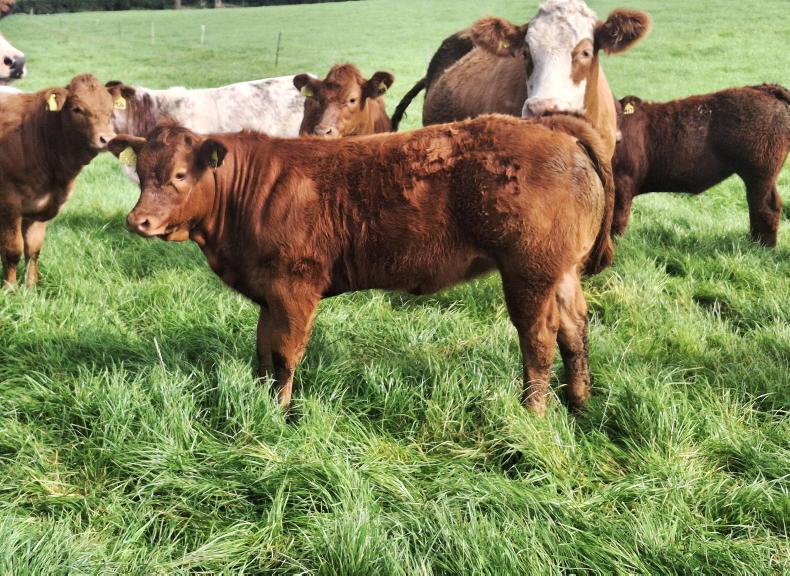
SHARING OPTIONS